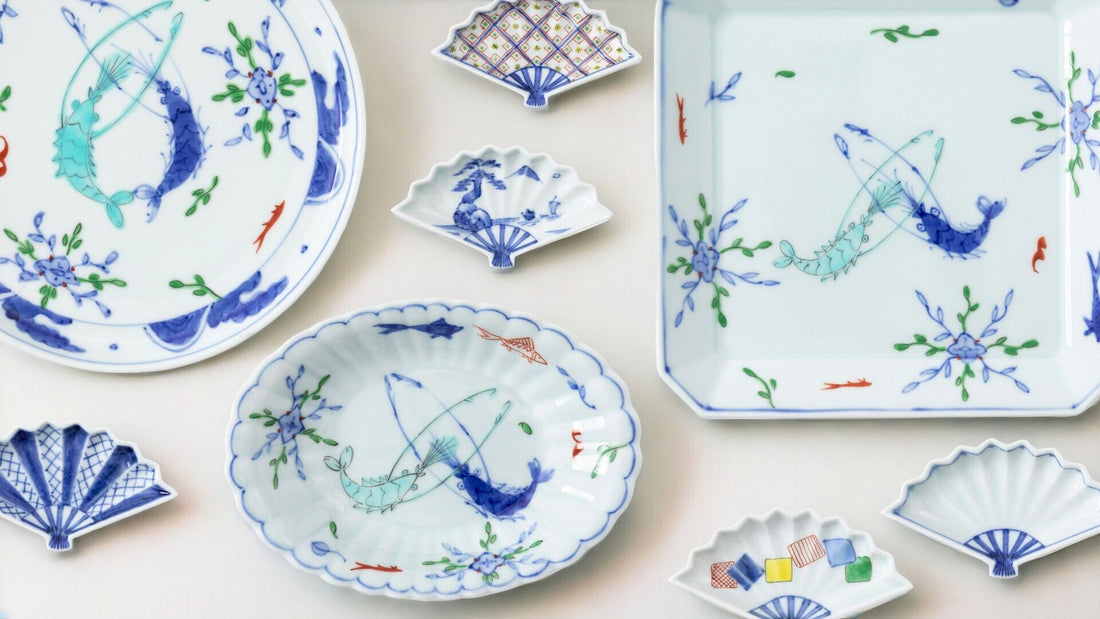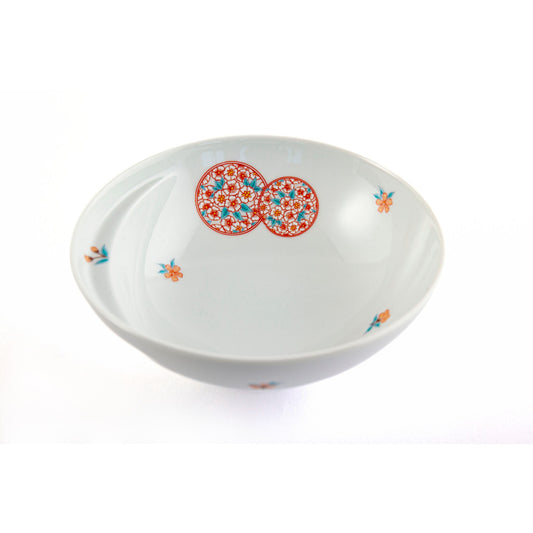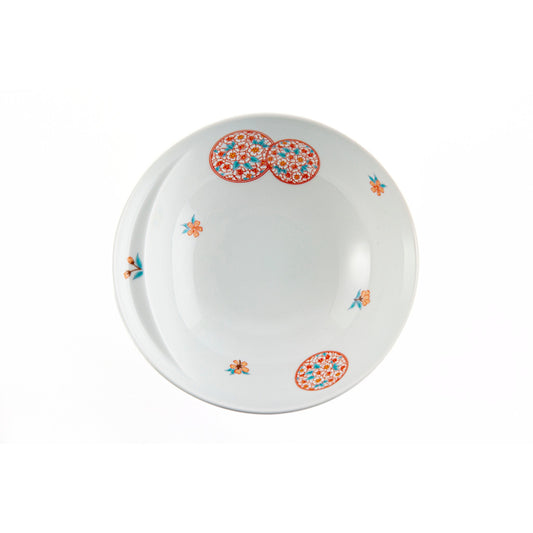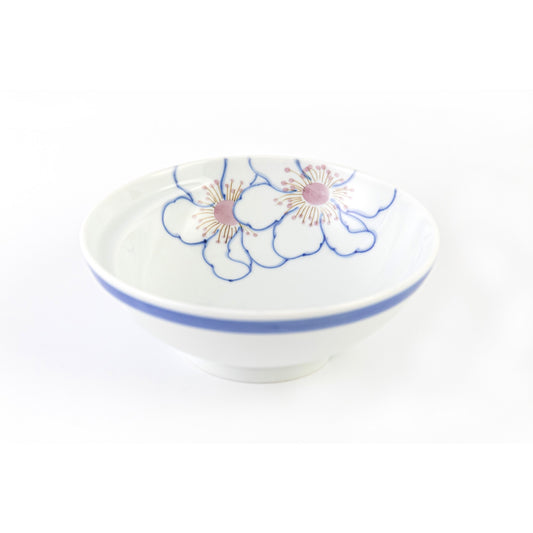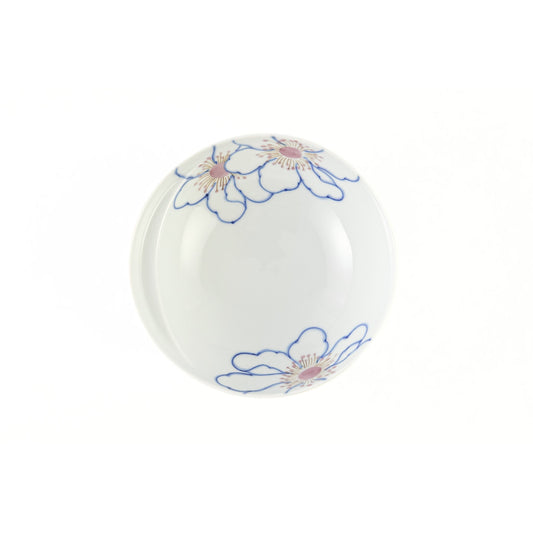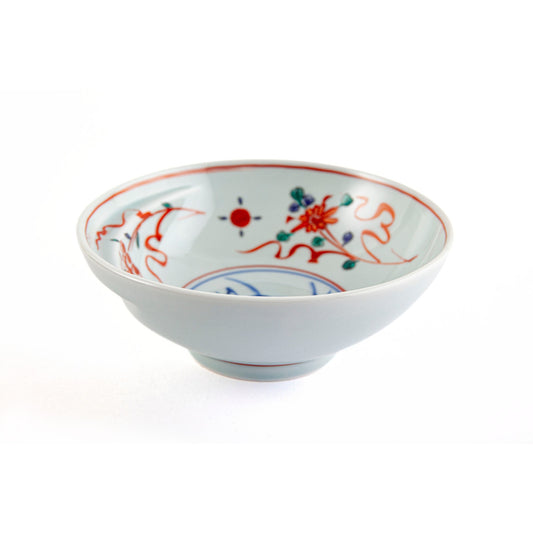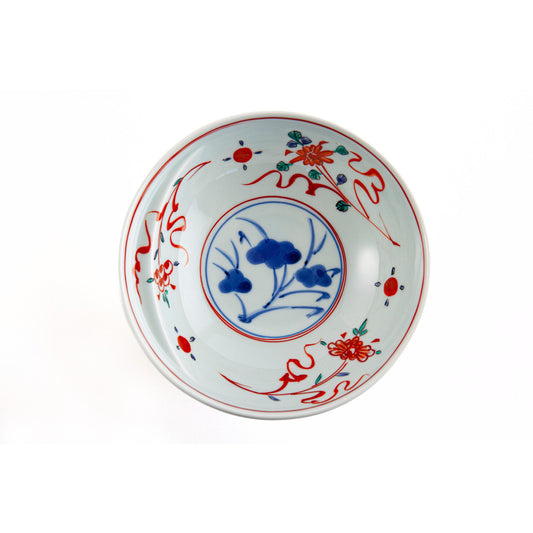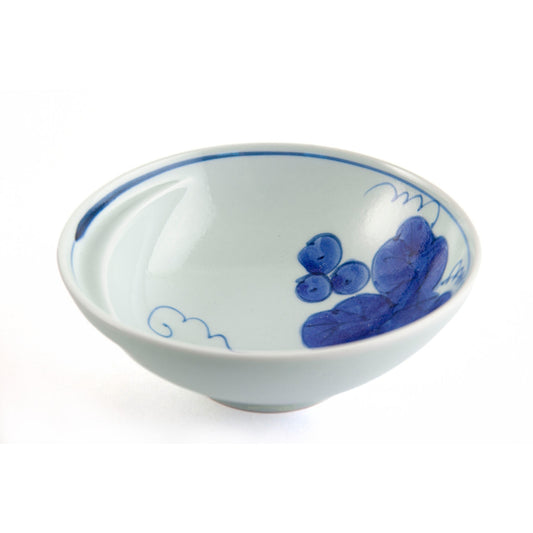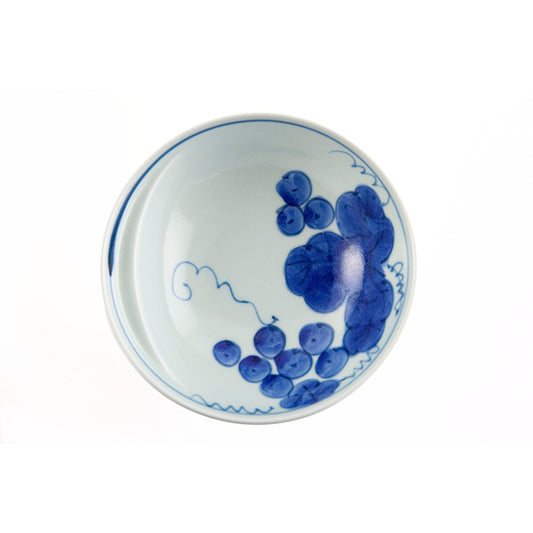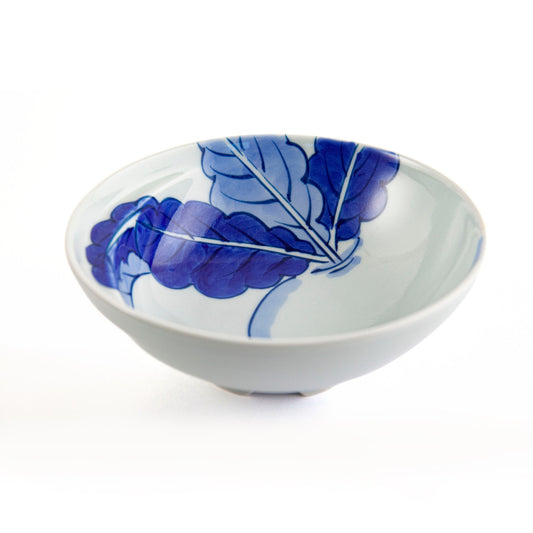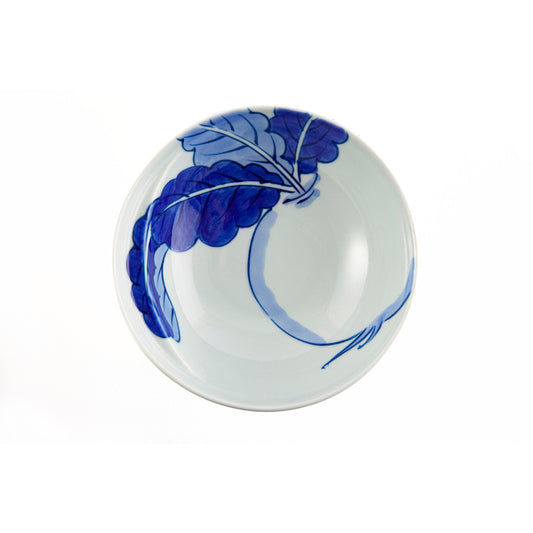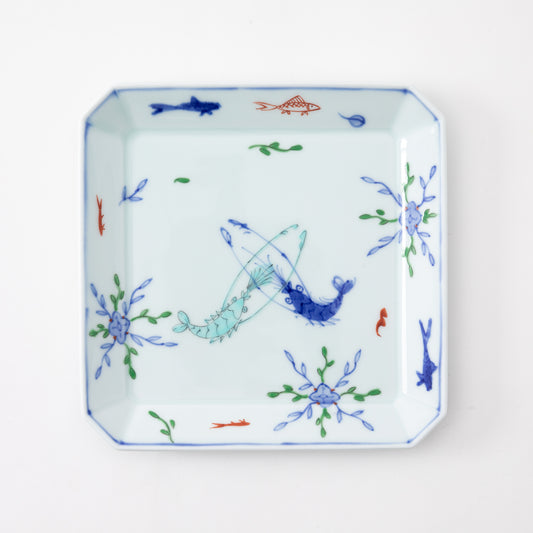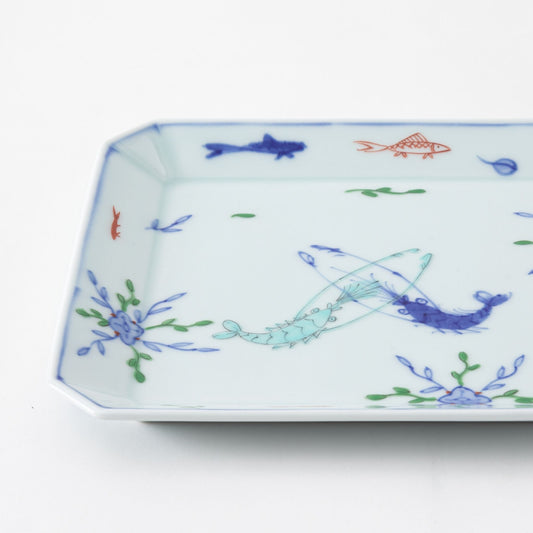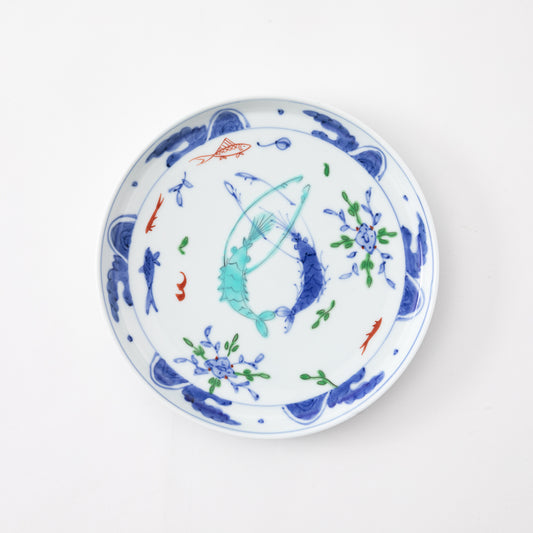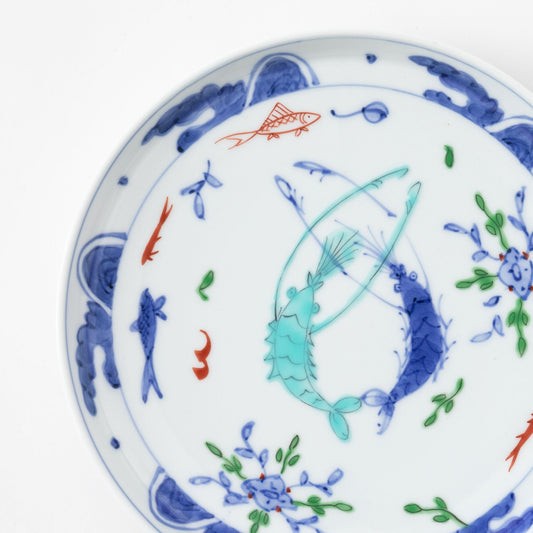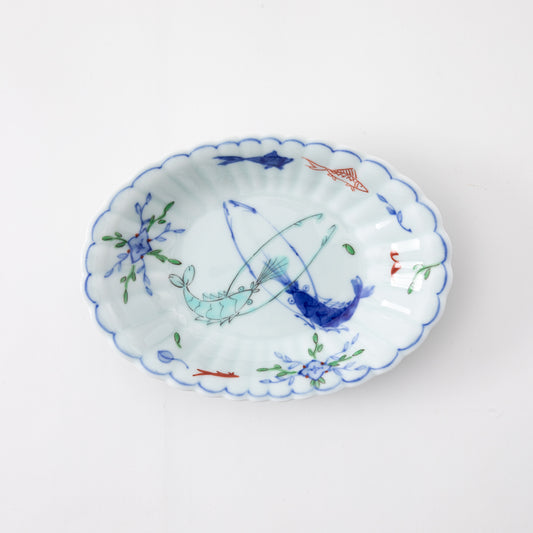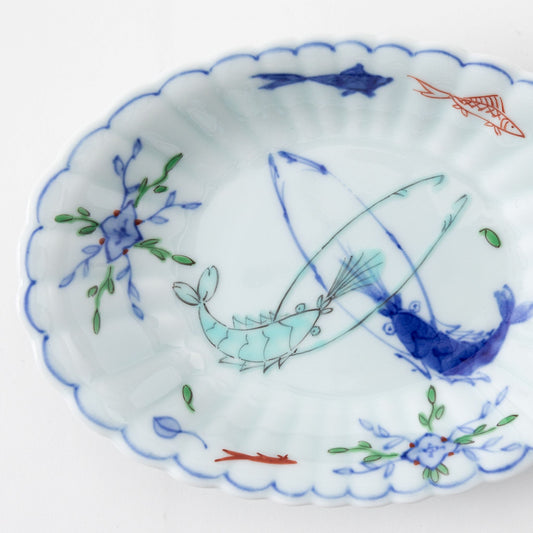Imagine sipping tea from a cup so exquisitely crafted, that it transcends function and becomes a work of art. This is the essence of Arita-ware, a captivating Japanese porcelain tradition boasting a history of over 400 years. Renowned for its pristine white surface adorned with elegant cobalt blue designs, Arita-ware has graced the tables of royalty and continues to hold a special place in the hearts of collectors worldwide.
Arita-ware even boasts a surprising connection to Europe – some pieces fetch staggering sums at auctions, a testament to their enduring legacy. But what exactly makes Arita-ware so special? Join us as we embark on a journey to explore the captivating world of this timeless art form.
Contents
- Arita-Ware: A Legacy Born from Innovation (1600s-1800s)
- Arita-ware in the Modern Era (19th Century - Present)
- Shaping the Form: Producing Arita-ware
- Using and Caring for Arita-ware
- Arita-ware Artisans: Keeping the Tradition Alive
- In Conclusion
Arita-Ware: A Legacy Born from Innovation (1600s-1800s)

Our exploration of Arita-ware takes us back to the early 17th century, precisely around 1616. Legend credits Korean potters, led by the esteemed Kanagae Sanbei, with discovering high-quality porcelain stone in the Arita region of Kyushu. This fortuitous discovery, coupled with the visionary patronage of the local Lord, transformed Arita into the birthplace of Japanese porcelain. The early Edo period (1603-1868) witnessed a golden age for Arita-ware. Skilled artisans honed their craft, perfecting the now-iconic cobalt blue underglaze technique known as Sometsuke.

This meticulous process involved meticulously hand-painting cobalt oxide onto the clay before the initial firing. The result? Vibrant blue designs remain remarkably crisp and enduring, even after centuries. Arita-ware's exceptional quality and captivating beauty garnered international acclaim. The Dutch East India Company played a pivotal role in establishing Arita-ware as a prized export good, particularly in Europe.

Arita-ware was often referred to as "Imari-ware" in Europe, named after the Japanese port from which it was shipped. This period also saw the emergence of distinct styles within Arita-ware. The Ko-Imari style, known for its bold geometric patterns, gained prominence, while the Kakiemon style, featuring delicate floral motifs with soft color accents, offered a more elegant counterpoint. By the late 18th century, Arita-ware production faced challenges due to competition from other porcelain centers. However, this period also saw the introduction of overglaze enamels, expanding the color palette and ensuring Arita-ware's continued evolution.
Arita-ware in the Modern Era (19th Century - Present)

The 19th and 20th centuries ushered in a new chapter for Arita-ware. While facing competition from industrial production methods, Arita-ware artisans embraced innovation while staying true to their heritage. The focus shifted towards smaller, more intricate pieces, catering to a growing appreciation for fine craftsmanship. Modern Arita-ware artists continue to experiment with contemporary designs and techniques, ensuring the art form remains relevant in the modern world.

Despite these advancements, the core principles of Arita-ware production remain rooted in tradition. The meticulous attention to detail, the use of high-quality materials, and the commitment to timeless design aesthetics continue to define Arita-ware. Today, Arita-ware enjoys renewed global recognition, prized by collectors and aesthetes worldwide. A visit to the Arita Porcelain Park in Saga Prefecture offers a glimpse into the rich history and ongoing legacy of this captivating art form.
Shaping the Form: Producing Arita-ware

The process begins with meticulous preparation of the high-quality kaolin clay. Artisans meticulously remove impurities and ensure an even consistency before shaping the clay into desired forms. Two primary methods are used: throwing on a potter's wheel for rounded shapes and pressing into molds for intricate designs. Once shaped, the pieces undergo a period of careful drying to ensure they retain their form during the initial firing.
Underglazing

The next stage introduces the essence of Arita-ware – the cobalt blue underglaze decoration. Skilled artisans, using fine brushes, meticulously hand-paint intricate designs onto the dried clay using cobalt oxide pigment. This meticulous process, known as Sometsuke, demands a steady hand and a keen eye for detail. The vibrant blue color is achieved through a complex interplay of brushstrokes and the unique properties of the cobalt oxide. After the painting is complete, the pieces undergo a low-temperature "bisque firing" to solidify the form and prepare them for the final transformation.
Glazing and Firing

Following the bisque firing, the pieces are meticulously coated in a thin layer of transparent glaze. This glaze, composed of natural minerals, enhances the brilliance of the cobalt blue design and protects the underlying artwork. The final firing takes place at exceptionally high temperatures, reaching up to 1300°C. This intense heat fuses the clay particles, glaze, and underglaze decoration, resulting in the characteristic durability and lustrous beauty of Arita-ware. In some instances, additional overglaze enamels may be applied after the final firing, introducing a wider palette of colors and further enriching the artistry.
Using and Caring for Arita-ware

Owning a piece of Arita-ware is akin to welcoming a piece of history and artistry into your home. While Arita-ware is known for its exceptional durability, proper care will ensure your treasured pieces can be enjoyed for generations to come. The good news is that caring for Arita-ware is relatively simple.
- Gentle Cleansing: For everyday items like plates and bowls, most Arita-ware is dishwasher safe on a gentle cycle with mild detergent. However, always check the manufacturer's instructions for specific care recommendations. For handwashing, use warm water, a soft sponge, and gentle dish soap. Avoid abrasive cleaners or scouring pads.
- Thorough Rinsing and Drying: After washing, thoroughly rinse your Arita-ware pieces and dry them with a soft, clean cloth to prevent water spots.
- Display with Care: A dedicated curio cabinet allows for safekeeping and dust-free display. Alternatively, consider using a decorative stand to showcase a single piece. Arita-ware also complements a minimalist tablescape. Remember, avoid storing Arita-ware in direct sunlight, as prolonged exposure can cause colors to fade.
By following these simple tips, you can ensure your Arita-ware pieces retain their beauty and value for years to come.
Arita-ware Artisans: Keeping the Tradition Alive
The enduring legacy of Arita-ware is not just about the art form itself, but also about the skilled artisans who have dedicated their lives to its preservation and evolution. Generations of families have passed down the knowledge and techniques required to create these exquisite pieces.
Some of the renowned Arita-ware workshops we work with include:
- Gen-emon Kiln: Gen-emon Kiln, located in the heart of Arita, Japan's renowned porcelain capital, holds a captivating story woven from centuries of artistic pursuit. Through meticulous craftsmanship and a dedication to preserving time-tested techniques, generations of artisans have pushed the boundaries of Arita-ware production. Each piece crafted by Gen-emon Kiln reflects the enduring spirit of Japanese craftsmanship, showcasing meticulous detail and undeniable beauty. By seamlessly blending centuries-old techniques with contemporary innovation, the kiln continues to honor the rich tapestry of Japanese ceramic artistry, creating captivating pieces that pay homage to the past while embracing the present.
- Ri Sanpei: Founded by the visionary Yi Sam-Pyeong , a pioneering Korean potter who ventured to Japan, the story began with a fortuitous discovery – a source of high-quality porcelain clay. This discovery laid the groundwork for a timeless heritage. Today, the kiln remains in the capable hands of the 13th and 14th generations, led by Kanegae Sanbei, the 14th-generation guardian of excellence. Standing tall as a beacon of enduring artistry and innovation, the Ri Sanpei Kiln embodies the indomitable spirit that defines this esteemed lineage in the realm of Arita-ware ceramics.
- Keizan Kiln: Since its establishment in 1957 in the scenic Arita Valley town, Keizan Kiln has been a reflection of the beautiful natural environment that envelops it. Following the philosophy of "craftsmanship with food as the main attraction," their craftsmen believe that the true essence of tableware is best appreciated when it is utilized in practical ways. At the heart of their work is the commitment to creating items that seamlessly fit into your daily life, resulting in a stunning collection of hand-painted patterns that exude timeless beauty.
These are just a few examples, and numerous other talented artisans continue to create breathtaking Arita-ware pieces. Many workshops even offer visitors the chance to witness or even try their hand at the Arita-ware production process firsthand, providing a glimpse into the dedication and artistry involved.
In Conclusion
Our exploration of Arita-ware has unveiled a captivating art form steeped in history, meticulous craftsmanship, and timeless beauty. From its serendipitous discovery in the early 17th century to its enduring popularity worldwide, Arita-ware has captivated collectors, aesthetes, and even royalty for centuries.
Owning a piece of Arita-ware is more than just acquiring a beautiful object; it's welcoming a piece of history and artistry into your home. These exquisite pieces not only elevate everyday meals but also serve as conversation starters, sparking curiosity about Japanese culture and traditional craftsmanship.
Explore our collection of exquisite pieces from masterful artisans, each with its unique story and captivating design. Whether you seek a statement piece for your dining table or a treasured heirloom to pass down, Arita-ware offers something for every taste and occasion. Let Arita-ware bring a touch of timeless Japanese elegance and artistry into your life.


